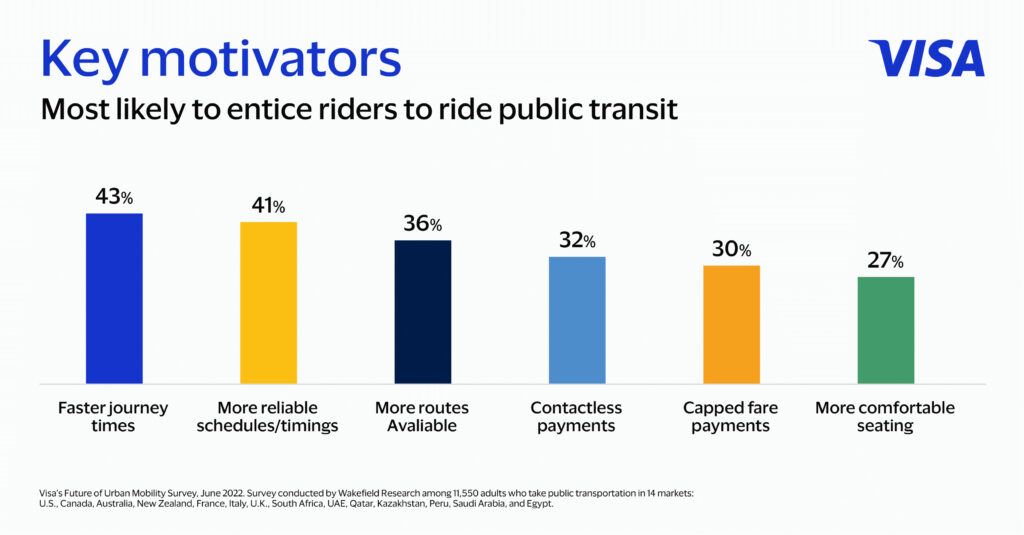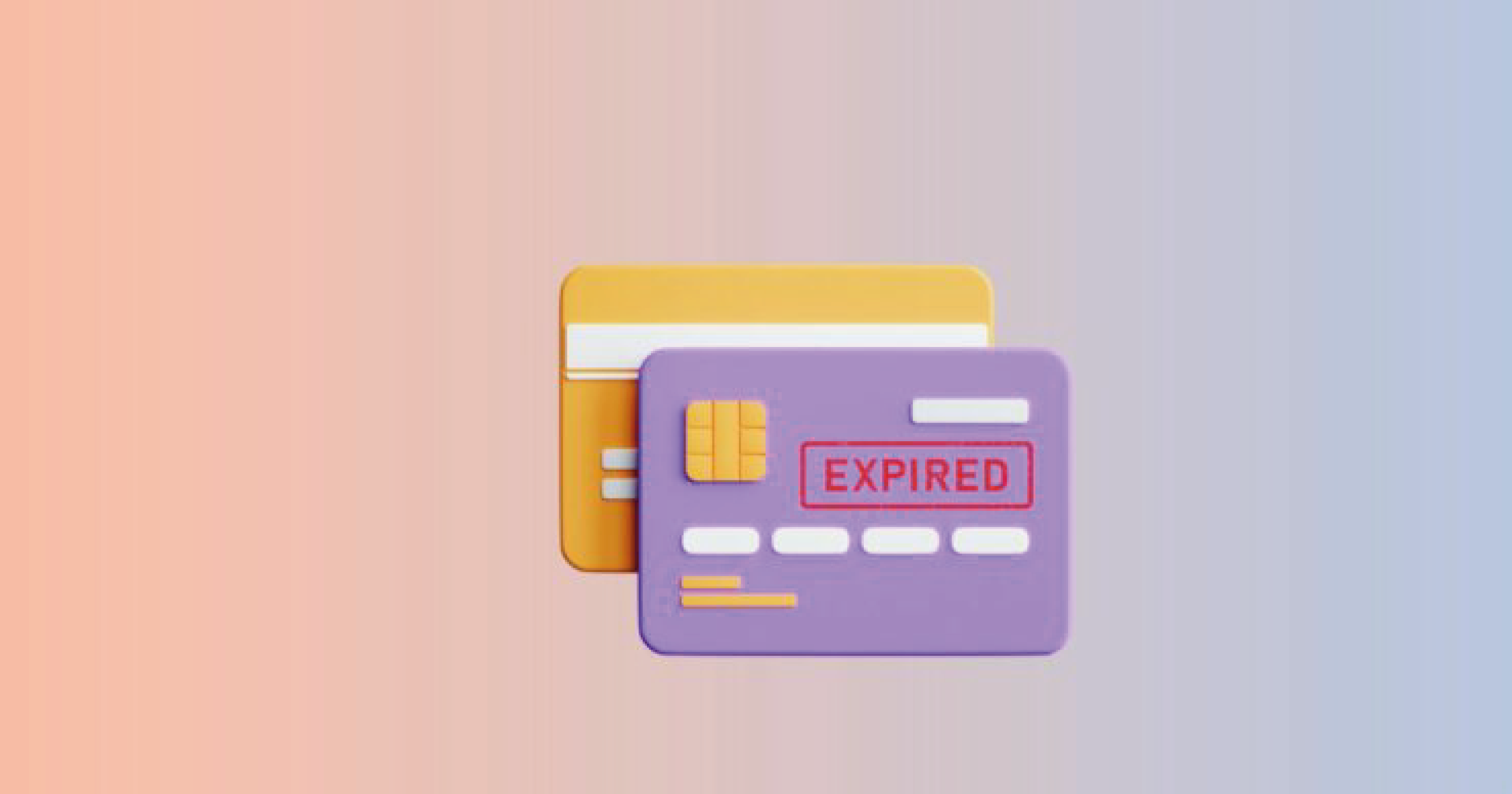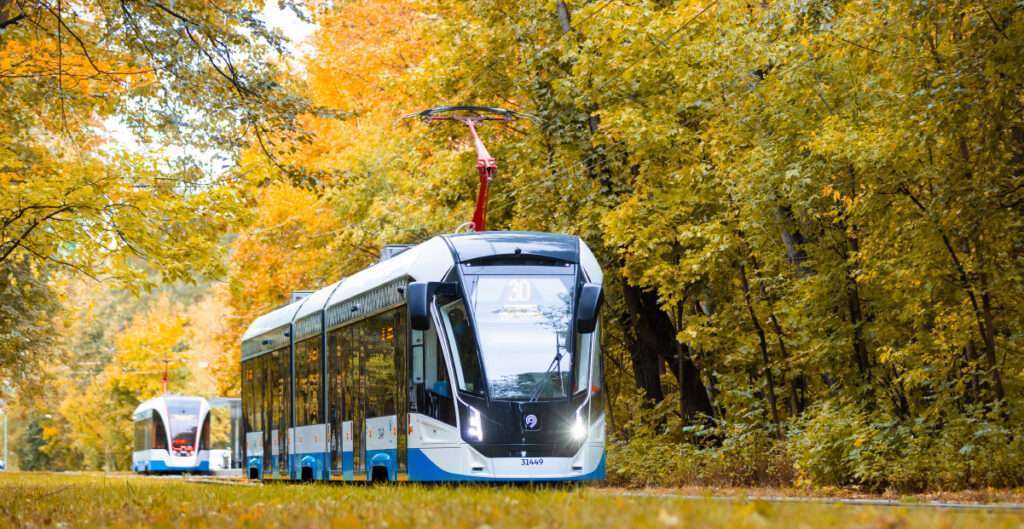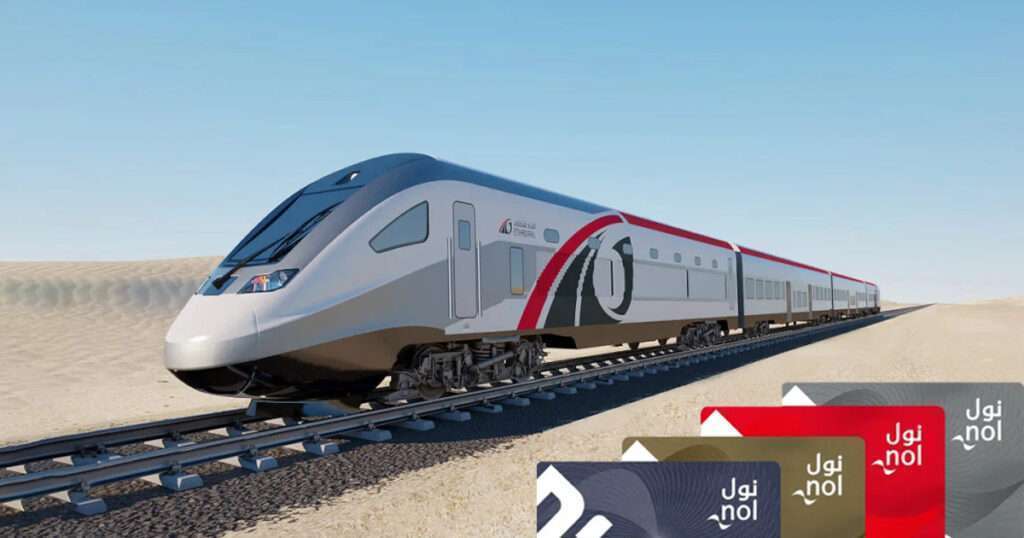Forget the time when we had to pay in cash to buy our ticket. Now, you just have to tap your credit card. No registration, no receipt, no paper ticket. Contactless payment has become a routine part of everyday life for users. And this has become even more so in the aftermath of the pandemic period. Suitable for both regular and occasional travelers, Open Payment is a real revolution in terms of user experience. Let’s take a closer look at the survey conducted by Visa last May regarding contactless payments. A study revealing the expectations of nearly 11,500 adults in more than 14 countries, which could be very useful to you…
More than an expectation, a real acquisition lever…
More than 9 out of 10 people share the same opinion… This is one of the most striking figures of this “Future of Urban Mobility Survey.” Indeed, 91% of respondents strongly expect contactless payment to be offered in public transport. With almost half (45%) preferring to pay for their transport via this method. Interoperability between different terminals and media enabled by the “cEMV standard”. An international security standard for contactless payment cards and emulated by Apple/Google Pay”, offering a high transaction speed.
As Saeeda Jaffar, Visa’s Senior VP GCC, said, “The pandemic has pushed many riders to challenge the status quo when it comes to how they pay their fares. Contactless payments can solve many of the problems facing public transit today by making paying for transit easier, faster, and simpler. By creating such a frictionless transit experience, operators increase customer satisfaction, encourage existing users to ride more often, and entice new people to use the system.”
An advantageous open loop system
From convenience (44%), to time savings (40%), to the worry of not having enough cash (38%), to contact reduction (35%), contactless payment presents many advantages for the user. So much so that it is encouraging them to use more public transportation. In fact, the Visa study also shows that more than one out of three users (32%) consider Open Payment as the first element that would encourage them to use public transport more.

A technology that takes advantage of a payment system in an open loop, bringing convenience to the next level. Indeed, in the case of a closed-loop system, it is the smart cards generally issued by public transport operators that serve as payment. The disadvantage: Only their own ticketing system can accept this payment method. With an open-loop system, a card or a cell phone can be used as a ticket.
A fare flexibility more and more appreciated
With the emergence of ABT (Account Based Ticketing), public transport operators can implement the famous capped fares. Cited by 30% of respondents, capped fares are another source of motivation. More than 3 out of 5 users would be more inclined to use public transport in this case.
Indeed, fare flexibility offers the “fairest fare” to the user. The user pays as he goes along. He doesn’t need to decide in advance on the distance or duration of his trip. As explained in the report, “Capping fares can help speed up the onboarding process by reducing confusion about how to pay for new riders.”
A system that continues to attract more and more transport networks around the world… This is slowly becoming the norm and operators need to get on board. In a previous study of Visa, published in April, it reported that “more than 500 transit agencies globally now accept Visa-branded payments on board buses, at metro gates and for other transport modes. With 50 more cities globally introduced open-loop payments that included acceptance of Visa-branded cards and NFC wallet credentials during the six months ending March 31.” A figure very encouraging and which will probably continue to increase…





